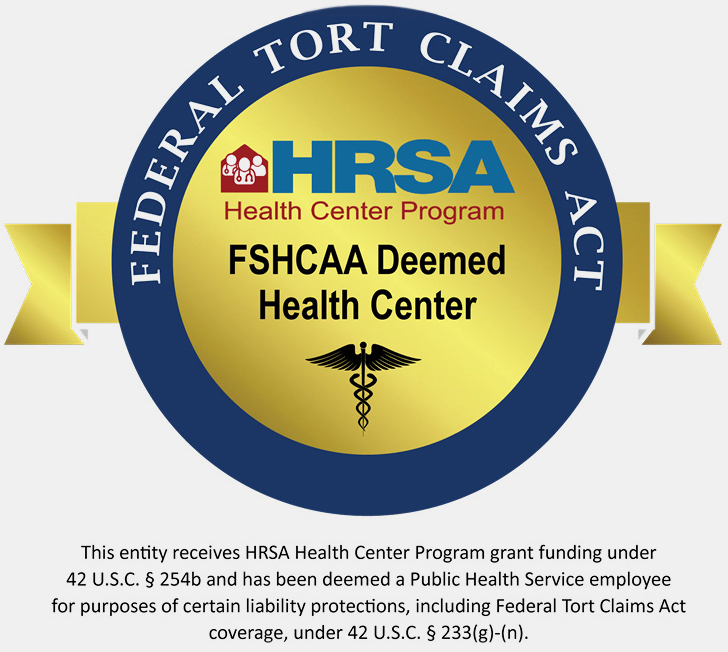November is National Diabetes Month, a time when communities across the country team up to bring attention to diabetes and the KCHC works hard to educate Kenosha County on risk-factors and empower healthy lifestyles. Diabetes is one of the leading causes of disability and death in the United States. One in 10 Americans have diabetes — that’s more than 30 million people.
Diabetes is a controllable, lifelong condition affecting nearly 1 in 10 adults, and an estimated 6,500 children and adolescents in Wisconsin.1, 2 Diabetes is a group of diseases marked by high blood glucose (sugar) levels caused by the body’s inability to make insulin (a hormone), the body’s inability to use the insulin it makes effectively, or both.
Diabetes can cause serious health problems, such as heart disease, stroke, kidney disease, and eye and foot problems. Fortunately, research studies have found that moderate weight loss and exercise can prevent or delay type 2 diabetes among high-risk adults.
According to the Wisconsin American Diabetes Associates, every year an estimated 30,000 people in Wisconsin are diagnosed with diabetes. Diabetes is expensive: People with diabetes have medical expenses approximately 2.3 times higher than those who do not have diabetes. Total direct medical expenses for diagnosed diabetes in Wisconsin were estimated at $4.1 billion in 2017.
PREVENTION TIPS
According to the Mayo Clinic, changing your lifestyle could be a big step toward diabetes prevention — and it’s never too late to start. Consider these tips to take control and click here to read more.
1. Get more physical activity
Research shows that aerobic exercise and resistance training can help control diabetes. The greatest benefit comes from a fitness program that includes both.
2. Get plenty of fiber
Foods high in fiber include fruits, vegetables, beans, whole grains and nuts.
3. Go for whole grains
Many foods made from whole grains come ready to eat, including various breads, pasta products and cereals. Look for the word “whole” on the package and among the first few items in the ingredient list.
4. Lose extra weight
Participants in one large study who lost a modest amount of weight — around 7 percent of initial body weight — and exercised regularly reduced the risk of developing diabetes by almost 60 percent.
5. Skip fad diets and just make healthier choices
Low-carb diets, the glycemic index diet or other fad diets may help you lose weight at first. But their effectiveness at preventing diabetes and their long-term effects aren’t known. Make variety and portion control part of your healthy-eating plan.
Sources:
Centers for Disease Control and Prevention. National Diabetes Statistics Report, 2017. Atlanta, GA.
Centers for Disease Control and Prevention, U.S. Dept of Health and Human Services; 2017.
Wisconsin Interactive Statistics on Health (WISH) Query Tool. Accessed July 11, 2017.
Online: https://www.dhs.wisconsin.gov/wish/brfs/form.htm
National Survey of Children’s Health, 2011-2012 Survey.
https://www.webmd.com/diabetes/understanding-diabetes-prevention
https://www.mayoclinic.org/diseases-conditions/type-2-diabetes/in-depth/diabetes-prevention/art-20047639
HOW CAN YOU PREVENT DIABETES?
There is a link between obesity and type 2 diabetes, you can do a great deal to reduce your chance of developing the disease by slimming down if you are overweight. This is especially true if diabetes runs in your family.
In fact, studies have shown that exercise and a healthy diet can prevent the development of type 2 diabetes in people with pre-diabetes – a condition that often develops prior to full-blown type 2 diabetes.
PEOPLE WITH DIABETES HAVE MEDICAL EXPENSES APPROXIMATELY 2.3 TIMES HIGHER THAN THOSE WHO DO NOT HAVE DIABETES.
Do not wait to schedule your appointment.
Kenosha Community Health Center has many appointment options in Kenosha and Silver Lake to meet your needs.
Schedule An Appointment








